|
Selling pleasure
Jamie Goode charts the incredible success story
of Provence rosé, visiting some key producers
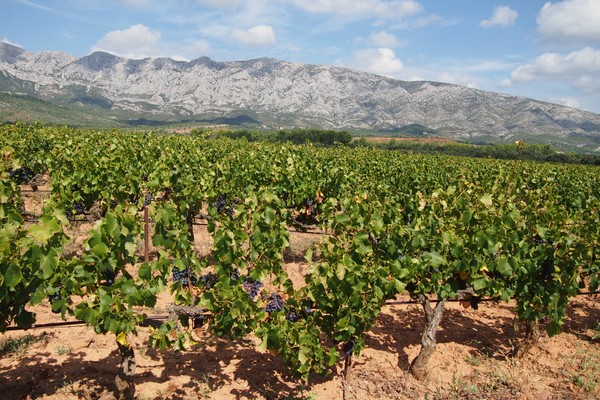
The recent
revival of rose has taken the wine world by surprise.
When I first
started drinking wine, rose was no-go for serious wine drinkers. It
was a small, rather moribund category. But around a decade ago it
started growing, and this growth has been sustained, showing little
sign of dropping off.
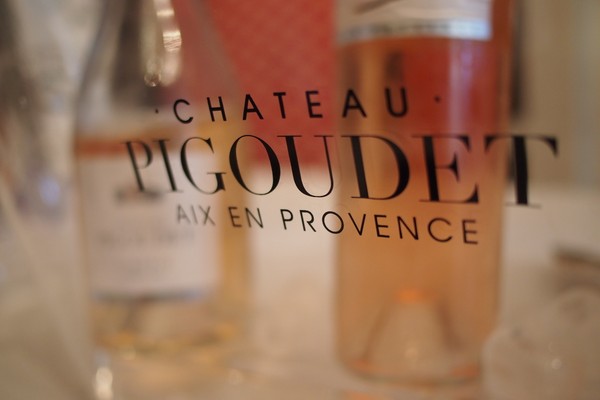
Now, this is a
category that I am starting to take seriously. So I was delighted to
be able to travel to Provence, the world's leading region for rose
wines.
Provence seems to
be a wonderful exception in the world of wine. Commentators complain
that the wine sector in general is in poor health. There are falling
sales, over-supply, weak prices and a general lack of innovation.
But against this back-drop Provence is selling more wine than ever,
prices are firm, and it’s a hotbed of marketing experimentation.
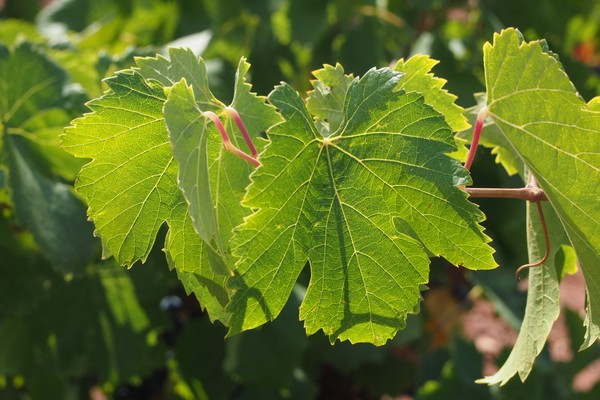
But the wines
aren’t serious, nor are they trying to be. ‘We are selling
pleasure,’ says Aurélien Pont, general manager of Château Pigoudet.
And I reckon there are four key elements to the growing success
story of Provence wine: (1) the application of winemaking technology
to improve quality; (2) it's a region with sunshine, sea and a
classy, sexy reputation; (3) a willingness to innovate; and (4)
increased demand across the board for pink wines.
In France, rosé
wine consumption has increased for a couple of decades now, and
since 1990 has tripled overall. Pink wine sales now represent a
remarkable 30% of total wine consumption in France. Globally,
there’s been a 15% increase in rosé wine drinking over the last
decade. In the UK, for example, rosé represented just 2.7% of
supermarket wine sales in 2000; it’s now 11%.
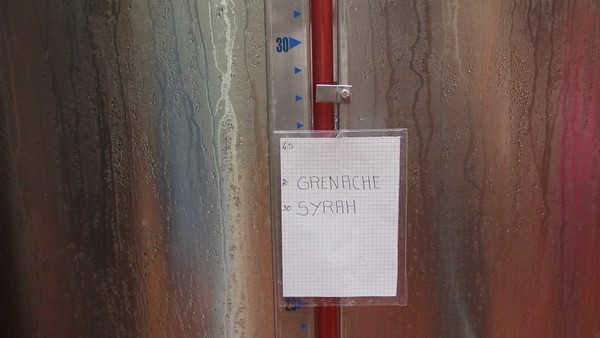
Want some more
facts? Well, here goes. Of all the world’s winegrowing regions, one
can claim to be rosé capital: Provence. Provence has 27 000 hectares
of vineyards spread across three departments (Var, Bouches du Rhône
and Alpes-Maritimes), and makes over 170 million bottles in an
average vintage. The region has 600 wineries, 40 of which are
cooperatives. And, amazingly, Rosé accounts for 88% of overall
production, which is far higher than you’d find in any other wine
region. Altogether, Provence accounts for 6% of the planet’s total
rosé wine production
Most Provence
rosé is drunk in France (84%), with 40% being drunk in the region
itself. After all, it is a wine that superbly adapted to its
environment. Exports are growing, though. They rose 15% in the last
year, and demand from the largest export market, the USA, leaped by
40% over the same period. According to the region’s professional
body CIVP, in the UK year to date figures from May 2014 showed a 60%
increase in sales in volume and 58% in value, which is remarkable.
In particular, one retailer, Majestic Wine Warehouses, has pushed
rosé strongly and accounts for almost 60% of UK sales.
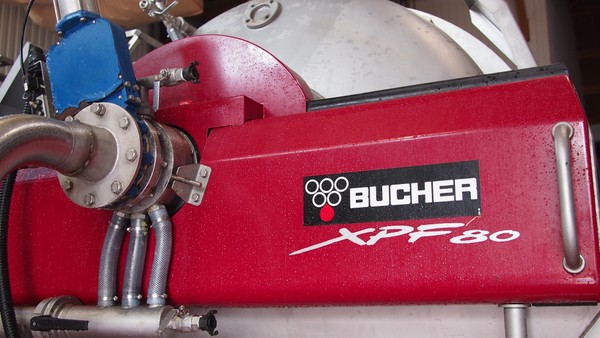
Wine making
technology has certainly helped contribute to the ongoing success of
the region’s wines, because Provence rosé has got a lot better in
recent years. Chief among the advances have been better control of
pressing, protecting the wine from oxygen, and temperature control
during fermentation. ‘The advent of cold fermentation has changed
the taste of Provence rosé,’ says Véronique Goupy of Domaine de
Fontlade. 'We are now able to have much lower levels of sulfites.’
Several wineries are now equipped with the Inertys system for their
presses. It’s a way of keeping all oxygen out of the press by means
of a large ‘lung’ filled with nitrogen, which responds to the stage
of the press cycle by filling the press with nitrogen and then
recycling that nitrogen as the press inflates. This protects the
delicate aromatic components in the juice from oxidation.
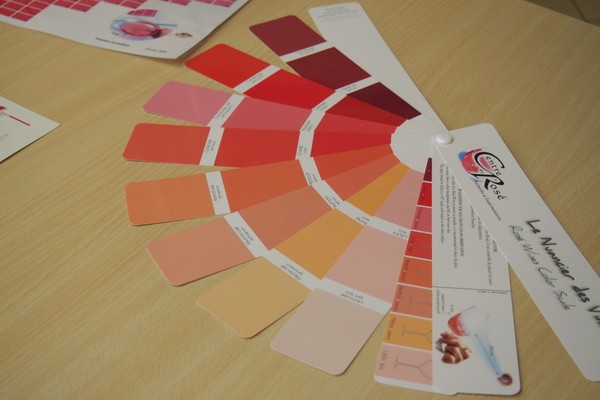
Rosé has also got
paler. There is a research institute dedicated solely to the
region’s rosé wines, Centre de Recherche et d’Expérimentation sur le
Vin Rosé, based in Vidauban. Among other things, they have devised a
colour scale for rosé, and are currently researching the effect of
fluorescent lights on rosé wines in clear glass bottles – this is
how most of these wines are marketed. Researcher Nathalie Pouzalgues
explained how important colour is on the perception of rosé wine,
and that their data show that over time, the region’s wines have
gradually got paler. ‘The fashion now here is to have very pale
rosés,’ says Fontlade’s Goupy, ‘But the aroma is in the skin. If you
don’t macerate enough you have no aroma and no colour. It is a very
technical wine.’ So winemakers are walking a tightrope between
getting aromatics in their wines and yet keeping the colour pale.
One way to improve aroma without extended maceration is a process
called stabulation. Aurélien Pont of Château Pigoudet explains how
this works. ‘For the last 6 years we have left the juice on the lees
for 5–15 days before fermentation at low temperatures. This allows
lots of aromatic components to go from the lees to the juice.’ Pont
adds that, ‘If you make a tank just from filtered lees it is very
aromatic and can be used as a blending component.’ Some producers
have also tried more novel techniques (of somewhat dubious legality)
such as leaving Cinsault juice on Sauvignon lees in order to pick up
aromatic precursors.
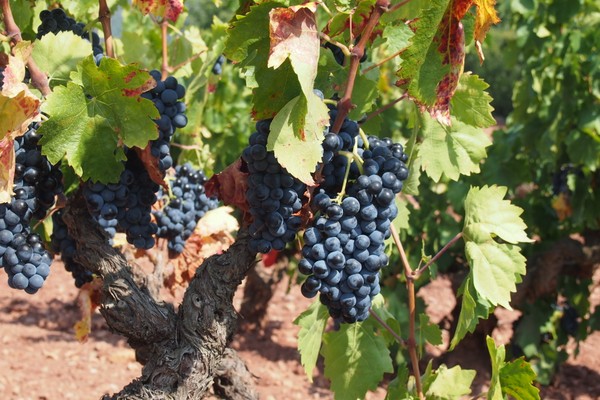
In terms of
marketing, Provence is proving quite flexible and imaginative.
‘It’s a very dynamic region,’
says Bruno Descamps of Château Gassier. ‘I really appreciate it. I
compare it a bit to Champagne. We are at the high end of rosé wine:
you can bring the fun and the party emotion that we have with
Champagne.’ Gassier are just one of the many producers who are
making super-premium rosé. Theirs, the 946 cuvée, retails for 30
Euros in the region. ‘We see
more domains launching high-end rosés,’ says Liz Comte of Les
Maîtres Vignerons de la Presqu'île de Saint Tropez. ‘That would not
have happened five years ago. Consumer attitudes have changed.’
Possibly most famous of all among the high-end wines is Sacha
Lichine’s Garrus wine, from Château d’Esclans, which is barrel
fermented in a Burgundy style and retails for about the same price
as a Grand Cru Burgundy. It comes from a block of 80 year old vines
from a hilltop vineyard, and was first made in 2006.
Perhaps the most
interesting marketing tactic used by the region’s producers is the
wide array of novel – and sometimes quite unusual – bottle shapes,
something not seen on a regular basis elsewhere in Europe. There are
a number of variations on the classic Provence ‘skittle’ or ‘corset’
bottle, but of late completely new designs have emerged. Château de
Berne are now widely known for their distinctive square bottle.
Thomas Lagarde, wine director at Vignobles de Berne, explains that
four years ago he had problems selling a Viognier wine, until he put
it in a square 50 cl bottle, and then it sold out. So he started
using this bottle across the range, giving customers a choice
between the new bottle and the standard one. ‘80% were buying the
square bottle, so we shifted,’ he says. ‘Sometimes it is a bit more
difficult for wine experts,’ he adds. ‘They tend to reject this
bottle because it is not traditional enough.’ The bottles are made
by Picardy based company Saverglass, and cost 60 c each versus 30 c
for standard bottles. 60% of de Berne’s production is now bottled in
this shape. Château Minuty are another property who have invested in
new bottle designs for part of their range. Their version of the
Provence skittle bottle is popular on export markets and was
designed by the mother of current co-owners, brothers Jean-Etienne
and François Matton. Their elegant new bottle shape, which works
well in the domestic market, was a joint venture: François drew the
label and Jean-Etienne drew the bottle shape.
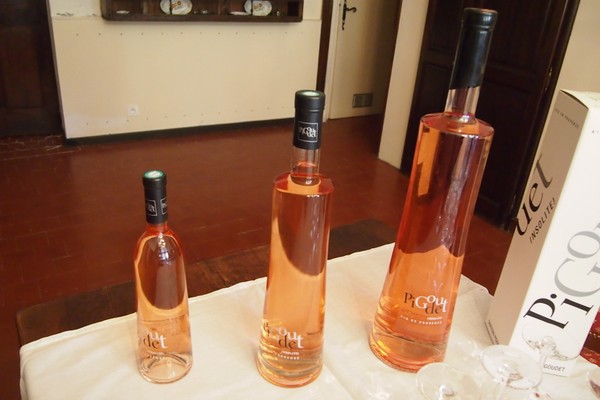
Pigoudet have
taken the bottle shape one stage further, and now have distinctive,
individual bottle shapes for each of their three top wines, Insolite!,
La Chapelle and Classic. The glass is sourced from Saverglass, and
each bottle costs 40 c for the Chapelle and 75 c for the other two.
Les Maîtres Vignerons de la Presqu'île de Saint Tropez also have a
unique bottle for their top cuvée, the Château de Pampelonne Légende,
which has an unusual flattened profile and is very attractive.
So, the Provence
rosé story is a successful one, in the midst of a European wine
industry that faces some severe challenges. ‘I feel very confident
about rosé sales all around the world,’ says Minuty’s François
Matton. ‘We focus on quality, and we maintain our prices. Production
is the same but demand is increasing.’ There are few regions in the
world of wine who can claim the same.
PROVENCE
ROSÉ:
 Introduction Introduction
 Jas d'Esclans Jas d'Esclans
 Domaine
de Fontlade Domaine
de Fontlade
 Mirabeau Mirabeau
 Château
Pigoudet Château
Pigoudet
 Château
Gassier Château
Gassier
 Les
Maîtres Vignerons de la Côtes de Provence Vidaubannaise Les
Maîtres Vignerons de la Côtes de Provence Vidaubannaise
 Minuty Minuty
 Les
Maîtres Vignerons de la Presqu'île de Saint Tropez Les
Maîtres Vignerons de la Presqu'île de Saint Tropez
Back
to top
|

